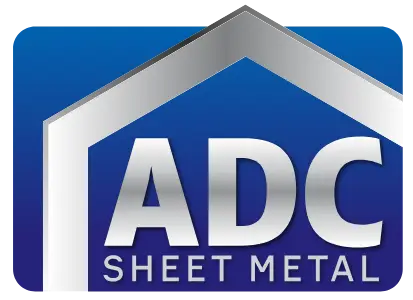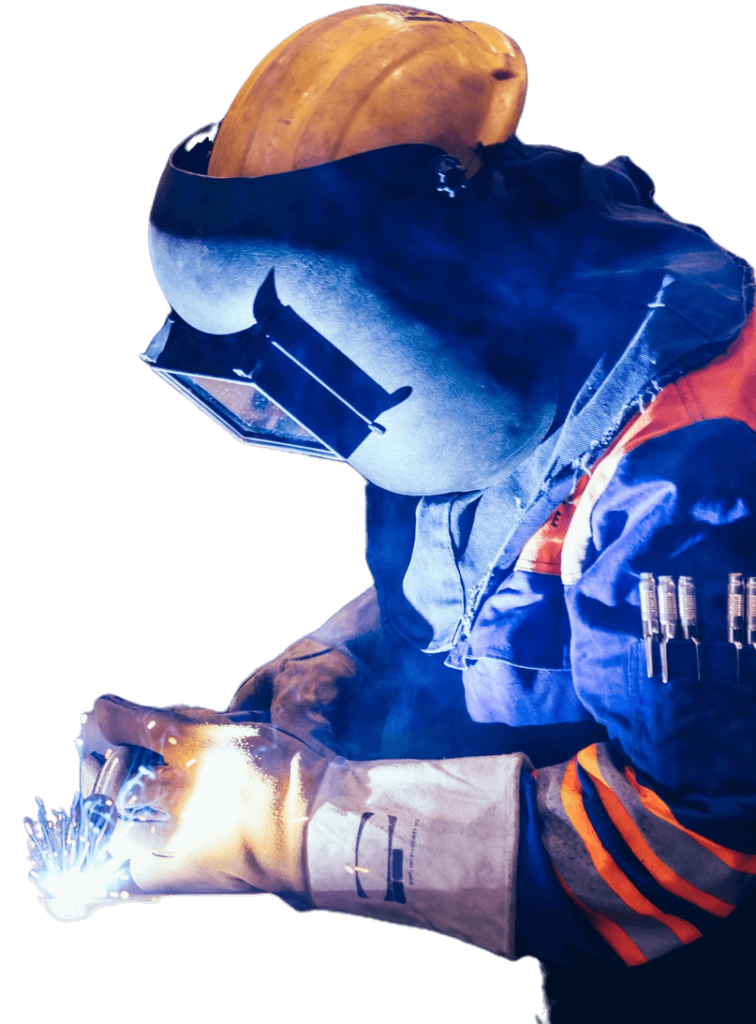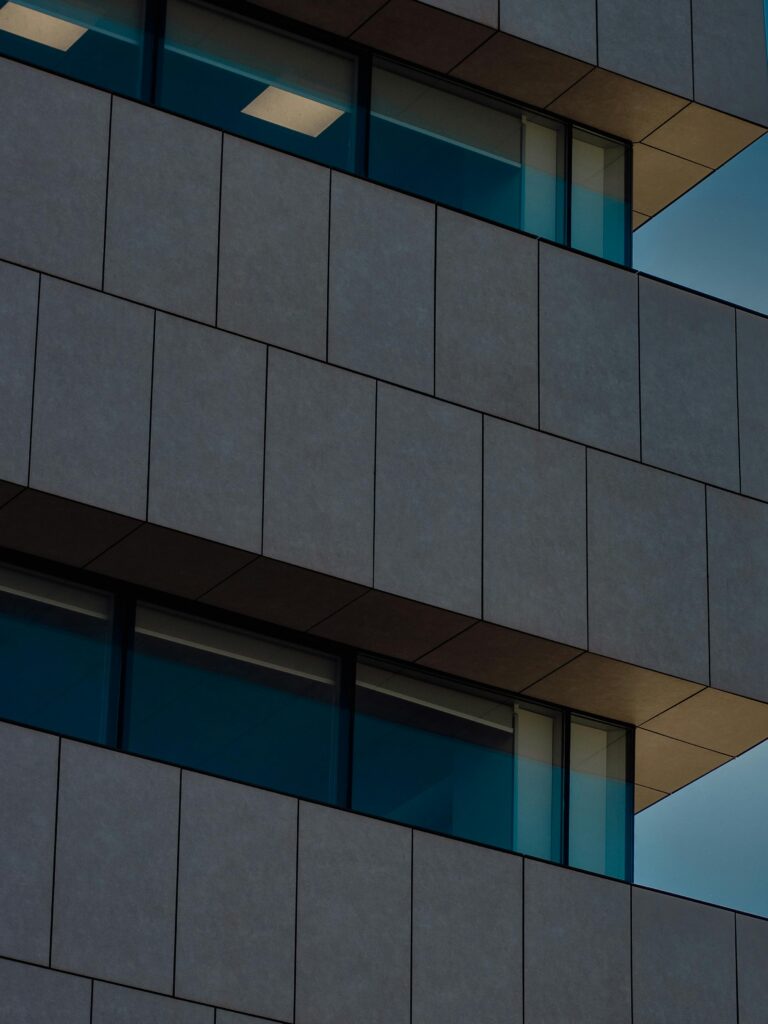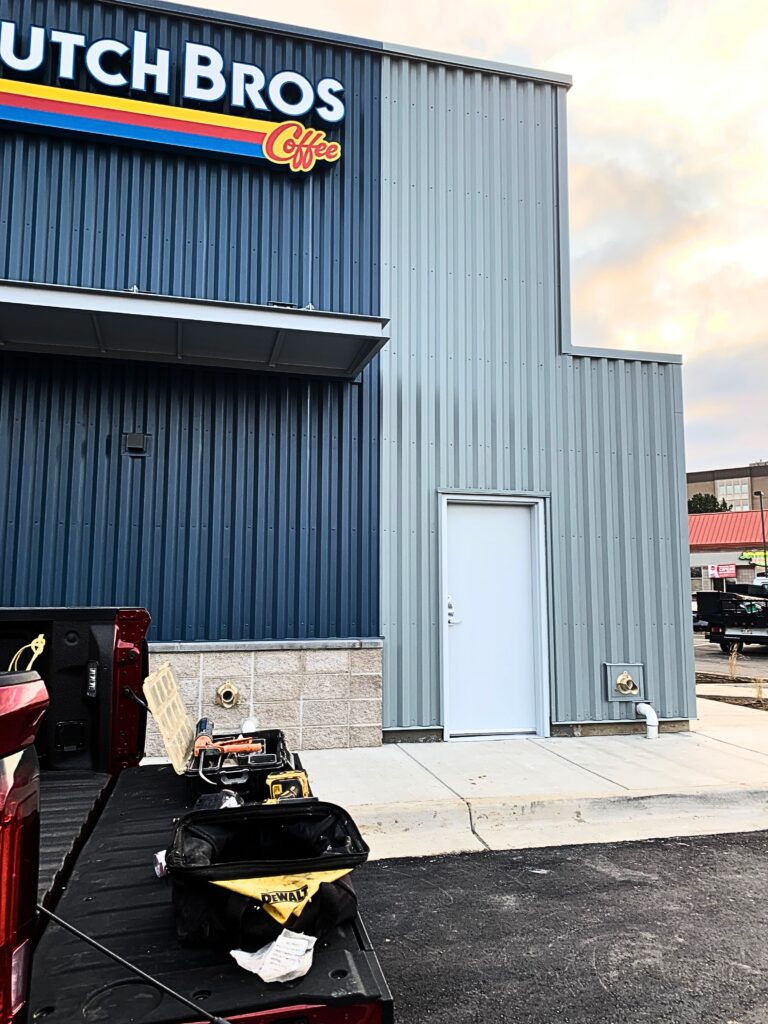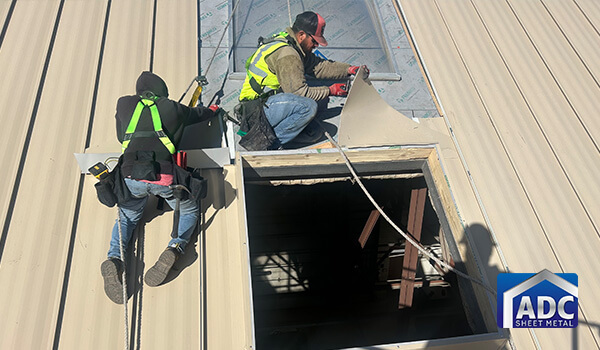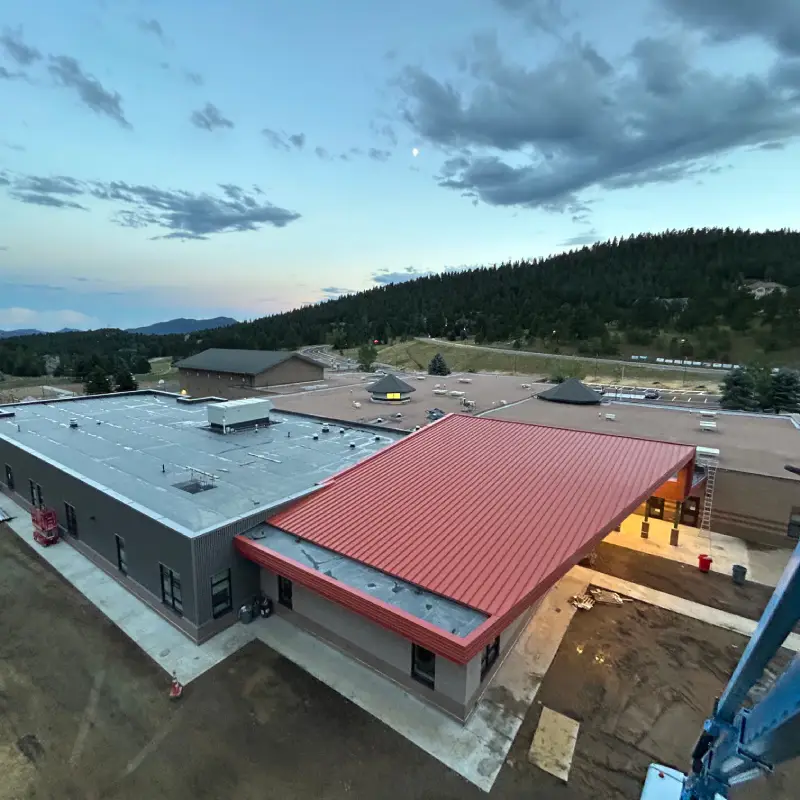When it comes to protecting your Colorado business, few things are as important as your roof. Metal roofing is a popular and durable choice for many commercial buildings in the region due to its strength, energy efficiency, and longevity. However, like any other investment, a metal roof requires proper care and maintenance to ensure it stands the test of time.
In this article, we’ll explore the best practices for maintaining your metal roof, tips for preventing damage, and how to ensure it remains in top condition for years to come.
1. Choose High-Quality Materials
The foundation of a long-lasting metal roof starts with the materials. In Colorado’s climate, which experiences a mix of intense sun, snow, and occasional hail, it’s crucial to choose a high-quality metal that can withstand these conditions. Materials like galvanized steel, aluminum, or copper are highly recommended for their durability and resistance to corrosion, especially in areas with high moisture or salt exposure.
2. Install a Professional Roof System
Even the highest-quality materials can’t guarantee a long-lasting roof without proper installation. It’s important to work with an experienced roofing contractor who understands the specific demands of Colorado’s weather. A professional will ensure that your roof is installed with the right slope, proper sealing, and secure fasteners to prevent leaks and other issues.
3. Regular Inspections
Metal roofing is durable, but it’s not invincible. Regular inspections are vital to identify small issues before they become big problems. Schedule an annual roof inspection to check for:
- Leaks: Water damage can weaken the structural integrity of your roof.
- Rust or Corrosion: Ensure that there’s no sign of rust, especially in areas with high humidity or exposure to the elements.
- Loose Panels or Fasteners: Strong winds or shifting temperatures can cause parts of the roof to loosen.
By catching these issues early, you can avoid costly repairs down the road.
4. Clear Debris and Clean Regularly
In Colorado, snow, leaves, branches, and dirt can accumulate on your roof. This debris not only blocks water drainage but can also contribute to corrosion. Make sure to clear your roof of debris regularly, especially after a storm. It’s also a good idea to clean your roof at least twice a year to remove any buildup and ensure water flows off easily.
Use a soft brush or broom to prevent damaging the roof’s surface. If your roof has a protective coating, avoid using harsh chemicals or abrasives that could remove it.
5. Protect Against Snow and Ice Damage
Colorado’s winter season can bring heavy snowfall and freezing temperatures, which can be especially damaging to roofs. Ice dams, formed when snow melts and refreezes at the edge of your roof, can cause water to back up underneath the roofing material, leading to leaks.
To prevent this, ensure that your roof has adequate insulation and ventilation to prevent heat loss, which can contribute to ice dam formation. Installing snow guards or heat cables can also help manage snow and ice buildup and protect your roof from damage.
6. Reapply Protective Coatings
Over time, the protective coatings on your metal roof can wear away due to exposure to the sun and weather. Reapplying these coatings helps maintain the roof’s corrosion resistance, UV protection, and overall aesthetic appeal. Most metal roofing manufacturers recommend recoating the roof every 5 to 10 years, depending on the material and climate.
7. Maintain Gutters and Downspouts
Your metal roof is only as good as the system that helps manage water flow off it. Clogged or damaged gutters can prevent water from draining off your roof, leading to pooling, rust, and even structural damage. Clean your gutters regularly to ensure they’re clear of debris, and inspect the downspouts to ensure water flows freely.
8. Act Quickly on Damage
If you notice any damage to your metal roof, whether from a storm, fallen debris, or age, it’s important to act quickly. Even small issues, such as a small dent or loose panel, can lead to larger problems if left unaddressed. Repairing issues quickly can save you from needing a costly roof replacement in the future.
9. Invest in a Warranty
Many metal roofing manufacturers offer warranties that cover defects and damage. Be sure to ask your contractor about warranty options when purchasing your roof. Having a warranty can offer peace of mind, knowing that you’ll be covered if any problems arise.
10. Hire a Local Expert
Roofing professionals in Colorado are familiar with the unique challenges posed by the local climate. They understand the temperature fluctuations, snow accumulation, and hail risks that can affect your metal roof. By hiring a local expert, you ensure that your roof is treated with the care and expertise it needs to withstand Colorado’s conditions.
Conclusion
Metal roofing is a great investment for Colorado businesses, providing long-lasting durability and energy efficiency. By following these tips and maintaining your roof regularly, you can ensure that it remains in top condition for years to come, saving you money on repairs and prolonging the life of your building’s roof.
Need help with your metal roof maintenance? Contact us at ADC Sheet Metal to schedule an inspection or get expert advice on how to keep your roof secure and functioning properly in Colorado’s ever-changing climate.
